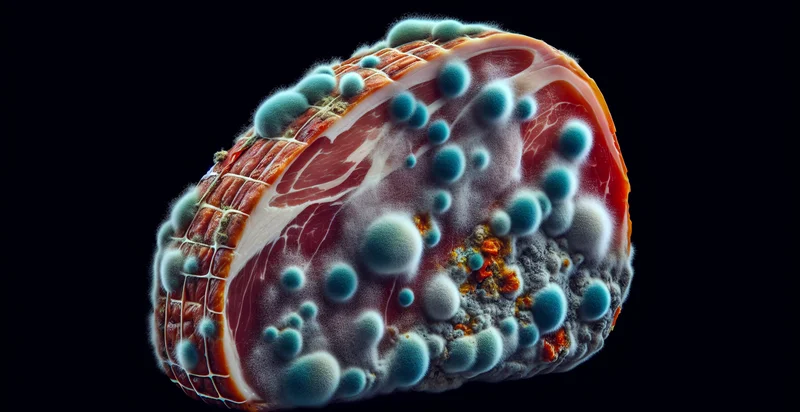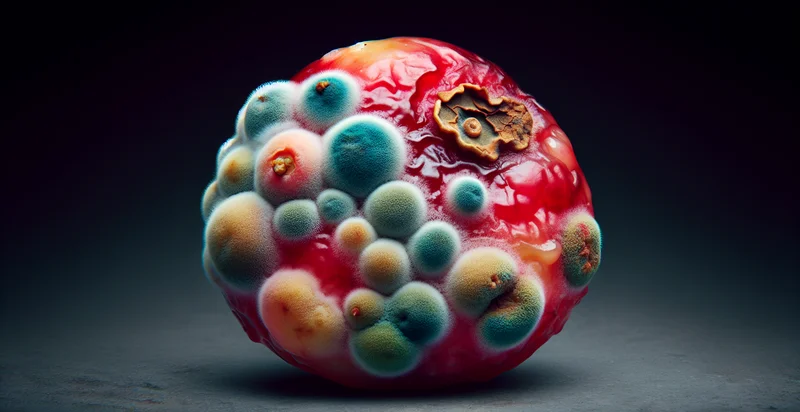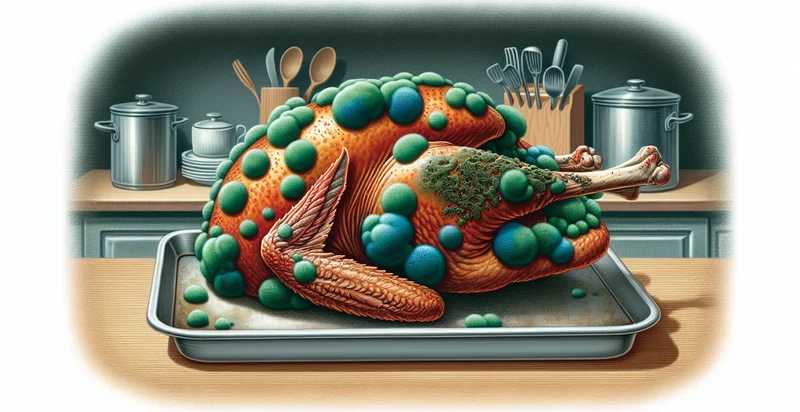Identify if ham is moldy
using AI
Below is a free classifier to identify if ham is moldy. Just upload your image, and our AI will predict if ham is moldy - in just seconds.

Contact us for API access
Or, use Nyckel to build highly-accurate custom classifiers in just minutes. No PhD required.
Get started
import nyckel
credentials = nyckel.Credentials("YOUR_CLIENT_ID", "YOUR_CLIENT_SECRET")
nyckel.invoke("if-ham-is-moldy", "your_image_url", credentials)
fetch('https://www.nyckel.com/v1/functions/if-ham-is-moldy/invoke', {
method: 'POST',
headers: {
'Authorization': 'Bearer ' + 'YOUR_BEARER_TOKEN',
'Content-Type': 'application/json',
},
body: JSON.stringify(
{"data": "your_image_url"}
)
})
.then(response => response.json())
.then(data => console.log(data));
curl -X POST \
-H "Content-Type: application/json" \
-H "Authorization: Bearer YOUR_BEARER_TOKEN" \
-d '{"data": "your_image_url"}' \
https://www.nyckel.com/v1/functions/if-ham-is-moldy/invoke
How this classifier works
To start, upload your image. Our AI tool will then predict if ham is moldy.
This pretrained image model uses a Nyckel-created dataset and has 2 labels, including Fresh Ham and Moldy Ham.
We'll also show a confidence score (the higher the number, the more confident the AI model is around if ham is moldy).
Whether you're just curious or building if ham is moldy detection into your application, we hope our classifier proves helpful.
Related Classifiers
Need to identify if ham is moldy at scale?
Get API or Zapier access to this classifier for free. It's perfect for:
- Food Quality Control: This use case involves implementing the ham mold identification function in food manufacturing and processing facilities. By automatically detecting moldy ham, companies can ensure product quality, reduce waste, and maintain high safety standards for consumers.
- Retail Inspection: Retailers, especially those specializing in deli and packaged meats, can use the identifier to periodically inspect their inventory. Early detection of moldy ham can prevent customers from purchasing spoiled products, enhancing customer satisfaction and trust.
- Supply Chain Management: Distributors can integrate the mold identification function into their logistics processes to inspect shipments of ham. This ensures that only quality products are sent to retailers, reducing returns and complaints about spoilage.
- Consumer App Integration: Develop a mobile application that allows consumers to scan their ham products at home. The app uses the identifier to check for mold and educate users on food safety and best practices for ham storage.
- Culinary Training Programs: Cooking schools and culinary programs can utilize the mold detection tool as part of their food safety curriculum. This helps aspiring chefs learn the importance of food quality and the identification of spoilage in meats.
- Food Safety Audits: Regulatory bodies can employ the classification function during food safety inspections in restaurants and markets. This aids inspectors in quickly assessing compliance with health regulations regarding the sale of fresh food products.
- Waste Reduction Initiatives: Businesses focused on sustainability can use the identifier to monitor and reduce food waste related to spoilage in their inventory. By identifying moldy products faster, they can optimize stock levels and improve their overall environmental impact.


